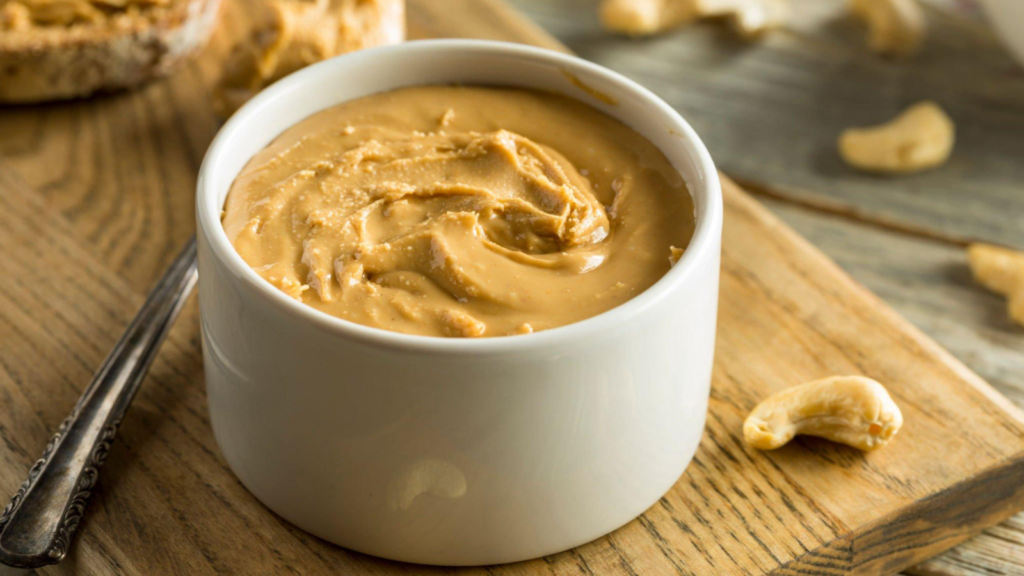Mac and cheese is a classic comfort food loved by many. It’s creamy, cheesy, and oh-so-satisfying. But is mac and cheese healthy? This question stirs up debates among nutritionists, health enthusiasts, and food lovers alike. In this article, we will dive deep into the nutritional aspects of mac and cheese, explore its ingredients, and offer some healthier alternatives. So, grab a bowl of your favorite mac and cheese and let’s get started!
Understanding Mac and Cheese
Mac and cheese typically consists of macaroni noodles and a creamy cheese sauce. The dish has many variations, including the use of different cheeses, additives, and toppings. Here’s a quick breakdown of the basic ingredients:
| Ingredient | Description |
|---|---|
| Macaroni | Small pasta shapes used as the base. |
| Cheese | Often cheddar, but can include a blend of cheeses. |
| Milk | Used to create the creamy sauce. |
| Butter | Adds richness and flavor. |
| Flour | Thicken the cheese sauce. |
Nutritional Breakdown
To assess whether mac and cheese is healthy, we must analyze its nutritional profile.
Calories and Macronutrients
A typical serving of homemade mac and cheese (about 1 cup) contains:
- Calories: Approximately 300-400
- Protein: 10-15g
- Carbohydrates: 30-40g
- Fat: 15-25g
| Nutrient | Amount per Cup |
|---|---|
| Calories | 300-400 |
| Protein | 10-15g |
| Carbohydrates | 30-40g |
| Fat | 15-25g |
Vitamins and Minerals
While mac and cheese can be high in calories and fat, it also provides essential nutrients:
- Calcium: Crucial for bone health, especially from cheese.
- Iron: Minimal amounts, but present in some pasta varieties.
- B Vitamins: Important for energy metabolism.
Potential Health Issues
- High in Saturated Fats: The cheese and butter can lead to high saturated fat intake.
- Sodium Content: Processed cheese products and added salt contribute to high sodium levels.
- Low Fiber: Traditional mac and cheese lacks fiber, which is vital for digestive health.
Healthy Alternatives to Traditional Mac and Cheese
If you’re concerned about the health implications of traditional mac and cheese, don’t fret! There are numerous ways to make this dish healthier.
- Whole Grain or Alternative Pasta: Consider using whole-grain pasta or alternatives like chickpea or lentil pasta. These options are higher in fiber and protein, helping to keep you full longer.
2. Veggie Add-ins: Adding vegetables can boost nutrients while adding flavor. Consider:
- Broccoli: Rich in fiber and vitamin C.
- Spinach: Loaded with iron and other vitamins.
- Cauliflower: A low-calorie alternative that can be blended into the cheese sauce for creaminess.
3. Healthier Cheese Options: Experiment with lower-fat cheese or nutritional yeast, which can provide a cheesy flavor with fewer calories and fats.
4. Lower-Fat Milk or Alternative Milks: Swap out whole milk for skim milk or plant-based options like almond or oat milk to reduce calorie counts.
Real-Life Examples
Homemade vs. Store-Bought
- Homemade: A serving of homemade mac and cheese with whole-grain pasta, low-fat cheese, and added broccoli can provide a well-rounded meal.
- Store-Bought: On the other hand, pre-packaged options often contain preservatives and higher sodium levels, making them less healthy.
A Personal Approach: Consider Sarah, a busy mom who loves mac and cheese but wants to make healthier choices. By preparing a vegetable-loaded version at home, she provides her kids with a nutritious meal without sacrificing taste.
The Balance: Moderation is Key
In discussing is mac and cheese healthy, it’s essential to highlight the concept of moderation. Enjoying mac and cheese occasionally as part of a balanced diet can fit into a healthy lifestyle. The key is to make thoughtful choices about ingredients and serving sizes.
Portion Control: Here’s a simple guideline for portion control:
- Kids: ½ cup
- Adults: 1 cup
- Add vegetables: To increase volume without adding many calories.
Is Mac and Cheese Healthy for Weight Loss
When considering is mac and cheese healthy for weight loss, it largely depends on the ingredients and portion sizes. Traditional mac and cheese is high in calories and saturated fats, which can hinder weight loss efforts. However, by making healthier swaps—such as using whole grain pasta, low-fat cheese, and adding vegetables—you can create a more balanced dish. Opting for smaller portions and enjoying mac and cheese as an occasional treat rather than a staple can also help maintain your weight loss goals. Ultimately, moderation and mindful ingredient choices are key to fitting mac and cheese into a weight-loss plan.
Is Mac and Cheese Healthy for Kids
When asking is mac and cheese healthy for kids, the answer varies based on preparation. Traditional mac and cheese can be high in calories, sodium, and saturated fats, which may not be ideal for growing children. However, by making nutritious modifications—such as using whole grain pasta, low-fat cheese, and incorporating vegetables like broccoli or spinach—you can create a healthier version. This can provide essential nutrients while maintaining flavor. Additionally, serving mac and cheese in appropriate portions and pairing it with a side of fruits or veggies makes it a balanced meal, allowing kids to enjoy this comfort food without compromising their health.
Conclusion: Is Mac and Cheese Healthy?
In conclusion, the answer to is mac and cheese healthy is nuanced. Traditional mac and cheese can be high in calories, saturated fats, and sodium, which are not ideal for regular consumption. However, with a few adjustments, this beloved dish can be transformed into a nutritious meal.
By opting for whole grains, adding veggies, choosing lower-fat cheese, and controlling portions, you can enjoy mac and cheese without compromising your health goals.
Key Takeaways
- Moderation: Enjoy mac and cheese sparingly.
- Make it Healthy: Use whole grains and add vegetables.
- Be Mindful: Pay attention to serving sizes and ingredients.
So, the next time you ask yourself, is mac and cheese healthy, remember—it can be, with a little creativity and care!
FAQs
1. Can I eat mac and cheese every day?
While you can, it’s important to balance it with other nutritious foods. Eating mac and cheese as part of a varied diet is best.
2. What can I substitute for cheese in mac and cheese?
Nutritional yeast, cashew cream, or plant-based cheese alternatives can provide a cheesy flavor while reducing calories and fat.
3. Is vegan mac and cheese healthy?
Vegan mac and cheese can be healthy, especially if made with whole grains and plenty of vegetables.
4. How can I make mac and cheese more filling?
Add protein sources like chicken, turkey, or beans, and include fiber-rich vegetables.
5. What is a good side dish with mac and cheese?
Consider a side salad or steamed vegetables to balance the meal.
With these insights, you’re now better equipped to enjoy mac and cheese in a way that contributes to your health!


